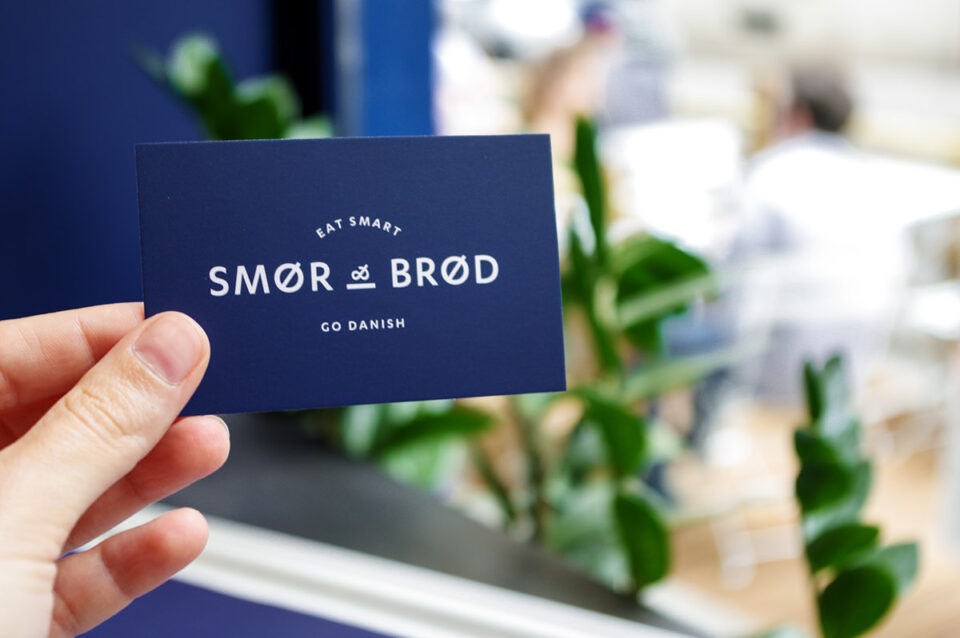Introduction
Importance of Business Cards
Business cards are more than just a piece of paper with your contact details—they are a reflection of your brand and a powerful tool in your networking arsenal. Whether you’re attending a conference, meeting potential clients, or connecting with industry peers, a well-designed business card can set the tone for future business relationships.
Overview of the Article
In this guide, we will explore the history, types, and design elements of business cards, along with the latest trends and best practices. We will also delve into the etiquette of exchanging business cards, compare digital versus physical cards, and provide practical tips to maximize their impact.
2. History of Business Cards
Origins
The origins of business cards can be traced back to 15th century China, where they were used as “visiting cards” by the elite to announce their arrival to a city or residence. By the 17th century, the practice spread to Europe, particularly in France and England, where they became known as “trade cards.”
Evolution Over Time
As the world evolved, so did the business card. The 19th century saw the rise of printed business cards with ornate designs, while the 20th century introduced mass production, making them accessible to businesses of all sizes. Today, business cards are not just a means of communication but also a reflection of one’s brand identity.
3. Types of Business Cards
Standard Business Cards
Standard business cards are the most common type, typically measuring 3.5 x 2 inches. They contain basic information such as your name, company, job title, and contact details. These cards are simple, professional, and widely accepted.
Premium Business Cards
For those looking to make a statement, premium business cards are the way to go. These cards often feature high-quality materials, such as thick cardstock, metallic inks, or embossed elements, giving them a luxurious feel.
Magnetic Business Cards
Magnetic business cards offer a practical twist by incorporating a magnetic backing. This allows recipients to stick the card to a metal surface, such as a refrigerator, ensuring your contact information remains visible.
QR Code Business Cards
QR code business cards blend traditional networking with digital convenience. By scanning the QR code, recipients can instantly access your website, LinkedIn profile, or digital portfolio.
Make Diwali Cards
There is no denying the fact business cards are indispensable when it comes to making a first impression upon professionals or businesses. Apart from the obvious reasons of contact details, they are also the face of your brand personal cards pack a punch in today’s world. On the same line of businesses, other family businesses transform this concept to celebrate special bashes and fetes through exceptional customizable cards. For instance, businesses *make Diwali cards* with their brand elements and send festive wishes to clients or partners. This innovative strategy of fusing business endorsement and cultural celebrations enhances connection-building and scores an instant recall amidst the festive season.
Digital Business Cards
In the age of smartphones, digital business cards are gaining popularity. These cards are shared via apps or websites, allowing for easy updates and eco-friendly networking.
4. Key Elements of a Business Card
Contact Information
The contact information on your business card should be clear and concise. Include your name, phone number, email address, and company website. If applicable, you may also want to add your social media handles.
Logo and Branding
Your business card should prominently feature your company logo and adhere to your brand’s color scheme and design language. This helps reinforce your brand identity and ensures consistency across all marketing materials.
Design and Layout
The layout of your business card should be clean and organized. Avoid clutter by prioritizing essential information and using hierarchy to guide the viewer’s eye.
Paper Quality
The feel of your business card can leave a lasting impression. Invest in high-quality paper stock that feels substantial and professional. Popular options include matte, glossy, and textured finishes.
Finishing Touches
Finishing touches, such as embossing, foiling, or rounded corners, can add a touch of elegance to your business card and make it stand out from the competition.
5. Designing an Effective Business Card
Choosing the Right Color Scheme
The color scheme of your business card should align with your brand identity. Opt for colors that evoke the right emotions and resonate with your target audience. For example, blue conveys trust and professionalism, while red suggests energy and passion.
Typography and Font Selection
Choose a font that is easy to read and reflects your brand’s personality. Stick to one or two fonts to maintain a clean and cohesive look. Consider using bold or italicized text to emphasize key information.
Placement of Information
Strategically place your contact information, logo, and other details on the card to create a balanced and visually appealing design. Avoid overcrowding the card, and leave some white space for a breathable layout.
Using White Space Effectively
White space, or negative space, is the empty area around your text and images. It helps create a clean and uncluttered design, making your business card easier to read and more visually appealing.
6. Business Card Etiquette
When to Exchange Business Cards
Business cards are typically exchanged during introductions, at the end of a meeting, or when networking at events. It’s important to offer your card when it’s relevant to the conversation, rather than handing it out indiscriminately.
How to Present Your Business Card
When presenting your business card, hold it with both hands or with your right hand, ensuring that the text faces the recipient. This shows respect and allows the recipient to read the card immediately.
International Etiquette Considerations
Different cultures have varying expectations regarding business card exchanges. In Japan, for example, it’s customary to present and receive business cards with both hands and to take a moment to study the card before putting it away. Understanding these cultural nuances can help you make a positive impression.

